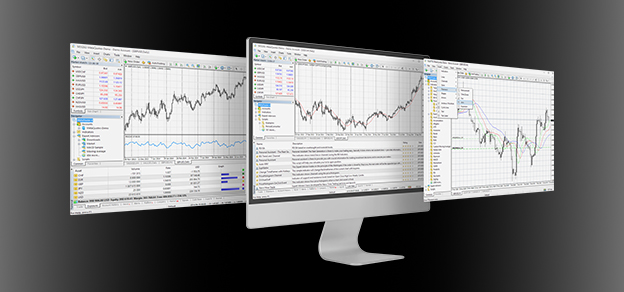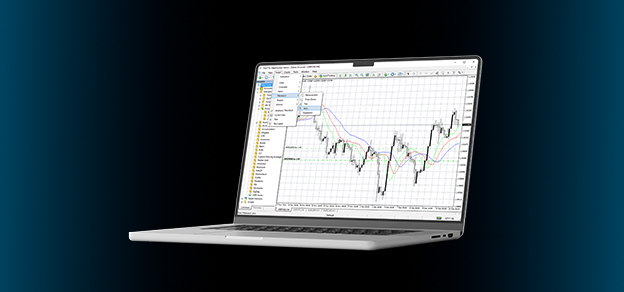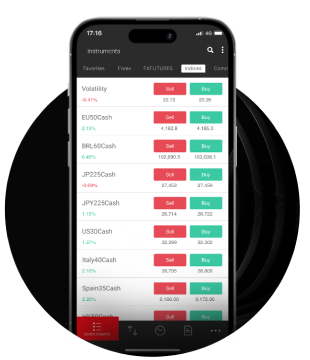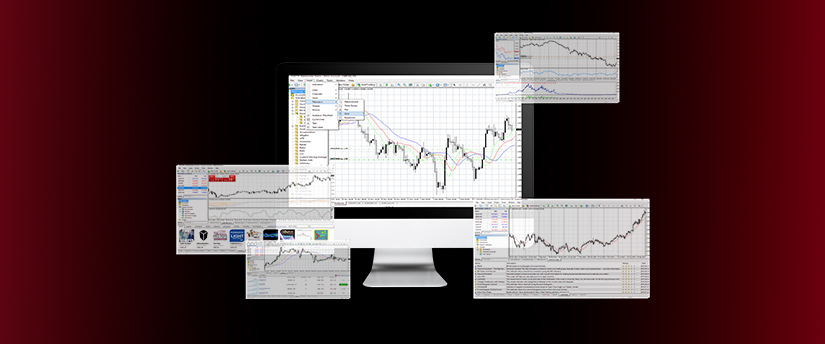Fundamental analysis (FA) determines the inherent value of an asset by studying relevant economic and financial elements. In this article, we will look at the ファンダメンタル分析 of a company and its stock. Fundamental analysis helps determine the real or “fair market” value of a stock by looking at the financial status of the issuing company as well as the present market and economic conditions. It does not change overnight.
Fundamental analysts research everything that can potentially impact the value of a stock, starting from macroeconomic conditions like the status of the economy and the environment of the industry to microeconomic ones like the efficiency of the company’s management.
The ultimate aim is to arrive at a number that a trader may compare to the present price of an asset to evaluate if it is undervalued or overpriced by other traders.

Basics of fundamental analysis
A few basic elements must be considered before applying fundamental analysis. These are as follows:
- Revenue & company structure
- Profits of the company through time
- Revenue increases over time
- The company’s debt
- Corporate management
- Turnover rate
Analysts use these six elements to calculate the inherent value of any asset during fundamental analysis.
To conduct a fundamental analysis, you need to take a few steps:
- Familiarise yourself with the company’s operations, business model, and so forth.
- For an initial evaluation, use financial ratios.
- Examine the company’s financial records thoroughly.
- Identify and research the company’s competitors/rivals.
- Examine the company’s debt and compare it to competitors.
- Examine the potential of the company’s future.
How fundamental analysis works
As mentioned above, fundamental analysis is often performed from a macro to micro standpoint to uncover stocks that are not being valued appropriately by the market.
Analysts usually make their research in the following order to ensure they arrive at a proper stock market value:
- The general condition of the economy
- The specific industry’s potential
- How the company issuing the stock performs
There are three types of data used in the fundamental analysis:
- Historical data which studies how things were in the past
- Information regarding the company that is known by the public, including management announcements and the public’s opinion about the company
- General and useful information that is not publicly known including how the company handles crises or other situations and so forth.

Types of fundamental analysis
When it comes to fundamental analysis, the challenge when defining the term fundamentals is that it may refer to anything linked to a company’s financial well-being like revenue and profit. Things like the company’s market share or quality of management may also be encompassed.
The numerous essential components may be categorised as follows: quantitative and qualitative.
Qualitative
Qualitative research entails the value of the brand, managerial actions, how a company performs over a certain period, and other related aspects. The qualitative fundamentals are harder to measure.
Quantitative
Quantitative analysis is a study, purely based on numbers, that takes into account the company’s financial data and generates the share price from the findings. Quantitative fundamentals are real numbers in this context. These are the qualities of a company that one can measure. As a result, financial reports are the most important source of quantitative data. Sales, profit, assets, and other metrics may all be evaluated and validated.
Although the methodologies differ, they are both necessary for a full examination of a company’s share price. By nature, neither qualitative nor quantitative analysis is superior. Several experts take them both into account.
There are two essential analytical procedures as well. The first is a top-down strategy, whereas the second is a bottom-up one.
The former investigates macroeconomic variables first, then delves into the specific company. The latter, on the other hand, examines the company first and then examines the impact of macroeconomic issues on the company.
Advantages of fundamental analysis
Fundamental analysis of a company may help you determine the fair value of its stock, which may or may not always be trading at. It is frequently pricey or undervalued.
It improves anticipation of long-term market movements. It is usually applied for long-term trading since it allows you to realise the stock’s price. It also helps you to locate suitable companies to invest in, such as those with high growth potential.
Furthermore, with fundamental analysis traders can improve their professional expertise, which is extremely useful in investment research since it may provide information on the future of the company.

Fundamental vs technical analysis
Many investors misinterpret or use the words technical analysis and fundamental analysis interchangeably.
Fundamental analysis of a company attempts to generate reasonable assumptions about a company’s cash flows based on how the economy, industry, and company will perform. This gives the investor a sense of how much the company/stock is worth.
テクニカル分析, though, looks at internal market data such as price and transaction volume. The goal of technical analysis is to detect patterns and trends that will reoccur for the trader to profit from them.
Generally, fundamental analysis is directly opposed to technical analysis, which seeks to anticipate price direction by evaluating previous market data such as price and volume. Price patterns and price activity are used to develop indicators in technical analysis. Several of the indicators produce patterns with names that are similar to their shapes, such as the head and shoulders patterns. Others employ trend, support, and resistance lines to show how traders see investments and anticipate outcomes. The symmetrical triangle and the wedge are two examples.
Fundamental analysis is based on financial data supplied by the company whose stock is being studied. Data is used to generating ratios and metrics that show how a company performs in comparison to similar companies.
免責事項:
This information is not considered investment advice or an investment recommendation, but instead a marketing communication. IronFX is not responsible for any data or information provided by third parties referenced or hyperlinked, in this communication.
















